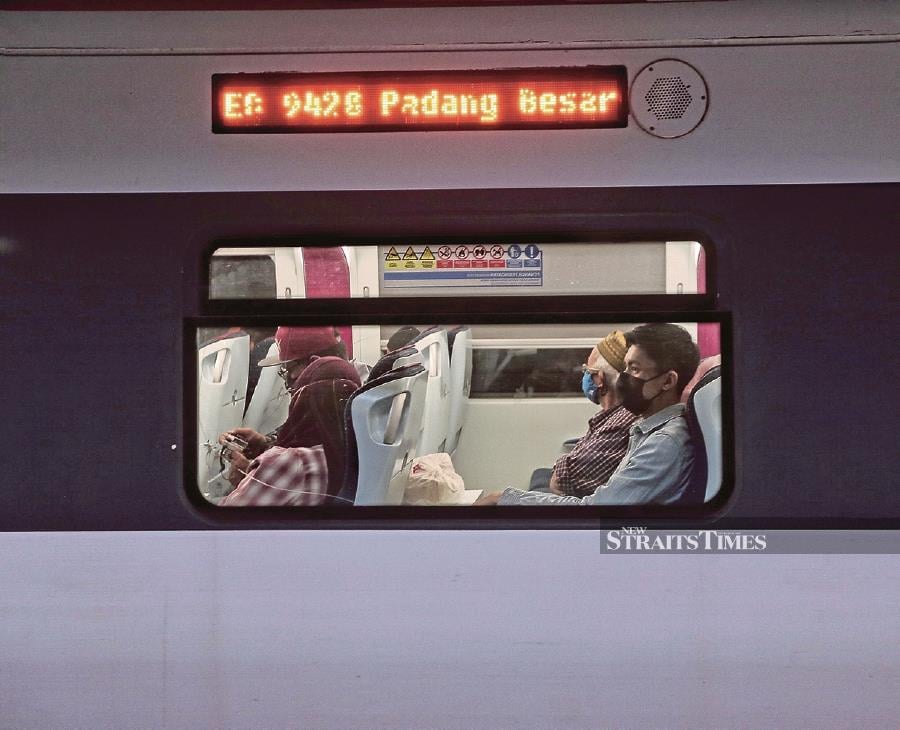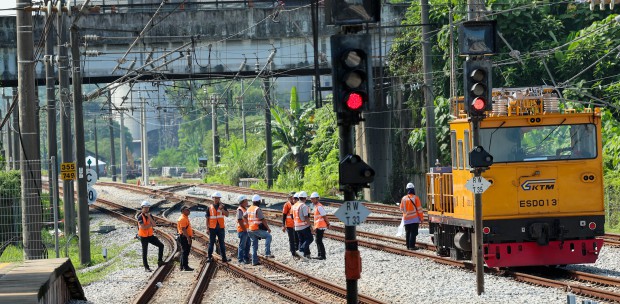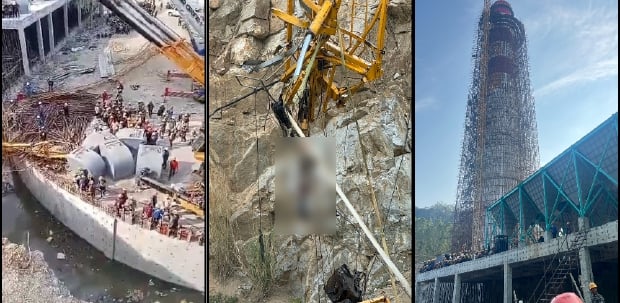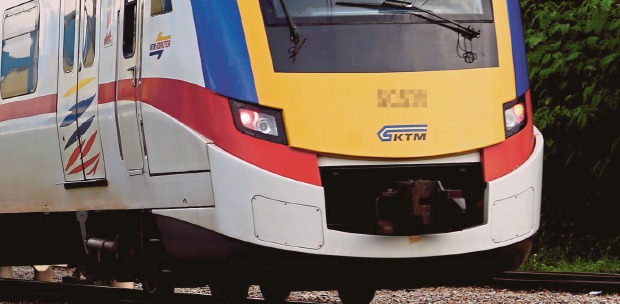KUALA LUMPUR: Construction industry players are urged to view safety as an investment and not as a mere cost to avoid any unwanted event following the collapsed crane incident which disrupted the Komuter and Electric Train Service (ETS) of Keretapi Tanah Melayu Berhad (KTMB) in the Klang Valley on Tuesday.
Master Builders Association Malaysia (MBAM) president Oliver Wee Hiang Chyn in acknowledging almost everything in the industry revolves around cost efficiency, said project owners, consultants or any party involved should offer suitable prices so that the contractors could in turn allocate a proportionate amount towards safety.
"If you look at safety measures in developed countries such as Australia, Europe, they can sleep very well because they are so strict on safety measure requirements. Their time of construction is also three times ours, you cannot have something very good with a cheap price.
"Spend the necessary time and make sure everyone on the site can sleep well… safety is not a cost, safety is an investment, safety is profit because you don't lose your assets and time," he told Bernama.
On Tuesday, the Komuter and Electric Train (ETS) services in the Klang Valley were disrupted when a crane collapsed near its track.
Meanwhile, Construction Industry Development Board (CIDB) chief executive Datuk Mohd Zaid Zakaria suggested contractors make the code of practice related to safety and health through the preparation of the Construction Industry Standard (CIS) that was developed by the board as a reference in ensuring good construction practices.
"CIS 28:2021 can be used as a reference for contractors to conduct safe work procedures for construction work and CIS 10:2019 to assess the level of safety and health at construction sites. Through risk assessment and safe work procedures implemented by contractors, accidents can be reduced," he said.
The Public And Road User Safety, Construction Working Adjacent To And Above Roadways (CIS 28:2021) was developed for the reference of contractors who plan to carry out construction activities adjacent to or on existing roads/public transportation to prevent accidents to road users or citizens.
Among other things, it introduced a checklist to help contractors take appropriate steps before, during and after the completion of construction activities, while CIS 10:2019 (Safety and Health Assessment System in Construction - SHASSIC) is a method used to assess the level of safety and health at construction sites.
A senior lecturer at the School of Housing, Building and Planning, Universiti Sains Malaysia (USM) Associate Professor Dr Md Azree Othuman Mydin said the Dec12 incident affecting the KTMB train services should be a reminder to all parties to be more sensitive to the issue of handling cranes so that such an incident would not happen again.
He said that one of the aspects that can be improved is work procedures because having rules and careful work planning would help identify potential dangers and devise the necessary measures before operating a crane in an area close to public transport.
"Cranes must be able to lift loads safely. The maximum load-carrying capacity of the crane should be observed. The crane operator must always comply with the load charts and ensure that the load lifted does not exceed the set capacity.
"The weather conditions should also be constantly monitored for any unexpected changes. Crane operations should be stopped immediately if the weather conditions are bad, especially when there is heavy rain and strong winds," he added.
Md Azree suggested the use of the crane's anti-collision system when cranes are used close to public transport tracks as it can reduce the risk of dangerous interactions between cranes and other structures.
"Before using the crane, it should be carefully inspected to ensure that it is safe and free of any damage. If any problem is detected, it is best not to use the crane until it is repaired by a qualified person.
"Additional comprehensive inspection must be carried out by a competent crane consultant if there is any modification or repair or any unusual event that may affect the safety of the crane," he added. --BERNAMA





